Blackheads are a common skincare concern for many people, but when it comes to dealing with them, one question stands out: Should you pop your blackheads? This article aims to explore everything you need to know about blackheads, their causes, the consequences of popping them, and the most effective methods for removing them safely.
Table of Contents:
- What Are Blackheads?
- Why Do Blackheads Form?
- The Risks of Popping Blackheads
- How to Safely Remove Blackheads
- Effective Treatments and Tools for Blackhead Removal
- Preventing Blackheads: Best Practices
- When to See a Dermatologist
- Conclusion
1. What Are Blackheads?
Blackheads are a type of acne lesion that form when hair follicles become clogged with oil, dead skin cells, and sometimes bacteria. Unlike whiteheads, which are closed comedones, blackheads are open comedones where the pore remains open to the air. The dark color of blackheads is not caused by dirt but by oxidation. When the contents of the pore are exposed to air, the oil and skin cells oxidize, turning black.
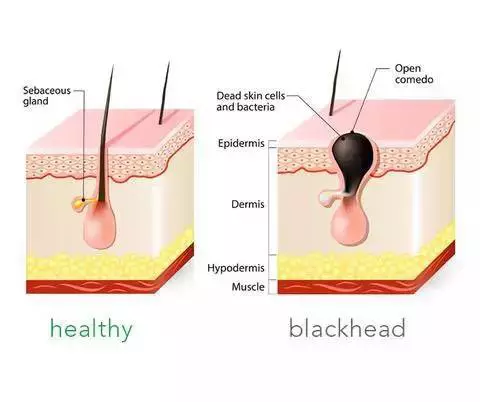
Common Areas Where Blackheads Appear:
- Nose
- Chin (often referred to as the “T-zone”)
- Forehead
- Cheeks
- Back and shoulders (in some cases)
2. Why Do Blackheads Form?
Blackheads form when excess sebum (the skin’s natural oil) mixes with dead skin cells and clogs a hair follicle. This can occur due to several factors:
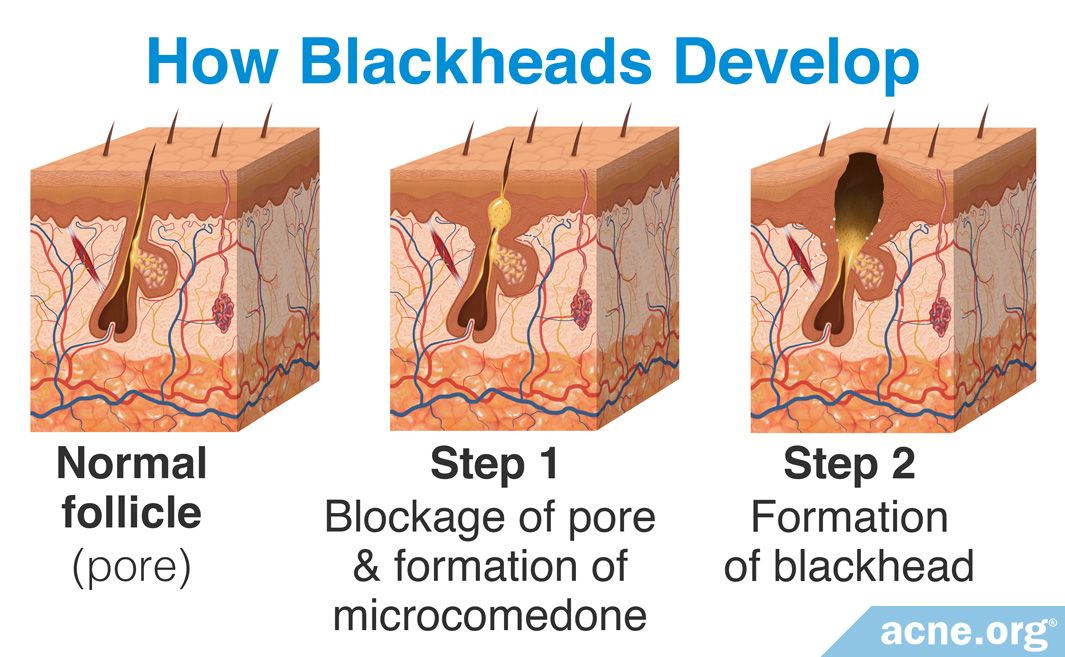
1. Excess Oil Production:
Overactive sebaceous glands produce more oil than the skin can use, which can clog pores. This is often seen in individuals with oily skin types or those who are undergoing hormonal changes, such as during puberty or menstruation.
2. Dead Skin Cells:
Dead skin cells naturally shed from the surface of the skin, but if they’re not properly removed, they can accumulate and block pores. If this happens in combination with excess oil, blackheads can form.
3. Hormonal Fluctuations:
Hormones play a significant role in the development of blackheads. Androgens, male hormones present in both men and women, stimulate sebaceous glands to produce more sebum, which can increase the likelihood of blackheads.
4. Poor Skincare Habits:
Not properly cleansing the skin, using harsh products that irritate the skin, or using comedogenic (pore-clogging) products can contribute to blackhead formation.
5. Diet:
Some studies suggest that a diet high in dairy products or foods with a high glycemic index (like sugar and refined carbs) may contribute to acne and blackheads.
3. The Risks of Popping Blackheads
While it might seem satisfying to pop blackheads, doing so can lead to a number of negative consequences. Here are some of the risks involved:
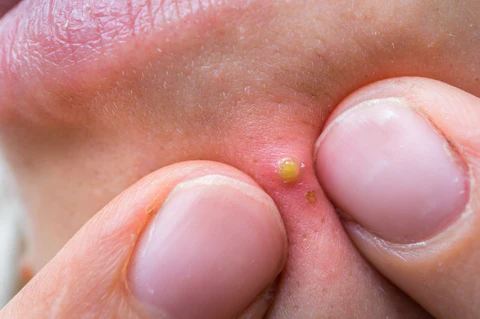
1. Infection:
Popping a blackhead can introduce bacteria into the skin, which increases the risk of infection. The skin on your face is delicate, and any small tear in the skin can lead to more severe problems, like pustules or cystic acne.
2. Scarring:
Repeatedly squeezing blackheads can cause trauma to the skin, leading to scarring. Even though blackheads themselves don’t usually leave permanent scars, popping them can result in post-inflammatory hyperpigmentation or raised scars, which are much harder to treat.
3. Worsening the Problem:
Popping blackheads can push the contents of the pore deeper into the skin, leading to more clogged pores. This can worsen acne and create a cycle of breakouts. Squeezing can also cause the pore to become inflamed, making the blackhead more noticeable and harder to treat.
4. Spread of Oil and Bacteria:
When you pop a blackhead, the oil and bacteria within the pore may spread to surrounding pores. This increases the risk of creating additional blackheads or even inflaming the area further.
4. How to Safely Remove Blackheads
While popping blackheads is not recommended, there are safer ways to remove them effectively without causing damage to the skin.
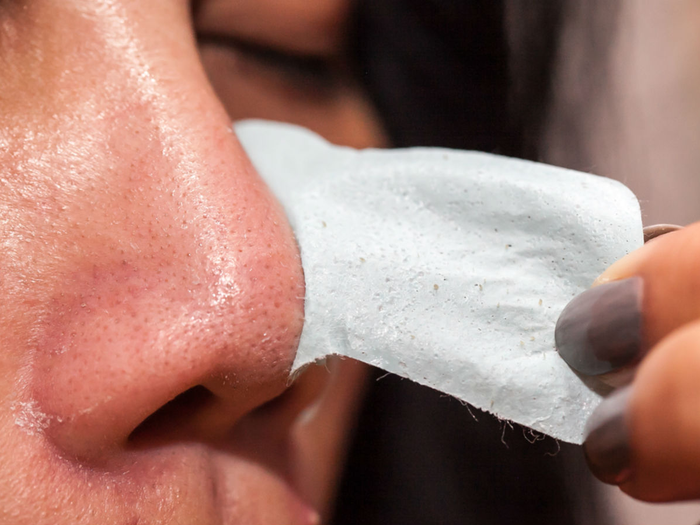
1. Exfoliation:
Exfoliating the skin regularly helps to remove dead skin cells and unclog pores. Both physical exfoliants (scrubs) and chemical exfoliants (AHAs and BHAs) are effective at helping to prevent blackheads. Beta hydroxy acid (salicylic acid) is especially beneficial for acne-prone skin because it penetrates deep into the pores to clear blockages.
2. Pore Strips:
Pore strips are a quick solution for removing blackheads. These strips adhere to the skin and pull out debris when removed. However, pore strips are only a temporary solution and may cause skin irritation if used too often. They are most effective when used on areas like the nose.
3. Topical Treatments:
- Retinoids: Retinoids, like tretinoin or adapalene, help to increase cell turnover and prevent clogged pores. They also have anti-inflammatory properties, which can prevent acne breakouts.
- Salicylic Acid: As mentioned, salicylic acid helps break down the oil and dead skin cells inside pores, making it ideal for preventing and treating blackheads.
- Benzoyl Peroxide: Benzoyl peroxide kills acne-causing bacteria and can be helpful for preventing blackheads from developing into full-blown pimples.
4. Extraction Tools:
Professional estheticians and dermatologists use specialized tools to extract blackheads safely. These tools apply controlled pressure to remove debris from the pore without causing damage to the surrounding skin. If you choose to use an extractor tool at home, be sure to sterilize it thoroughly and use gentle pressure to avoid skin injury.
5. Facials:
Regular facials that include deep cleansing and extraction can help remove blackheads while also improving skin texture and appearance. Professional estheticians use advanced techniques like steam to open pores before performing extractions.
5. Effective Treatments and Tools for Blackhead Removal
In addition to the general advice outlined above, there are specific treatments and tools designed for blackhead removal:
1. Clay Masks:
Clay masks, particularly those with bentonite or kaolin clay, can help draw out impurities from the skin and absorb excess oil. Regular use of a clay mask can minimize the appearance of blackheads and prevent future breakouts.
2. Comedone Extractors:
These tools allow for controlled pressure on the skin, helping to safely extract blackheads without causing trauma to the pore. However, they should be used with caution and only after properly cleansing the skin.
3. Microneedling:
Microneedling, a procedure performed by dermatologists, involves using tiny needles to create micro-channels in the skin. This helps promote collagen production and can reduce the appearance of blackheads and other acne scars.
4. Laser Therapy:
Laser treatments, such as fractional CO2 or Nd
lasers, can help treat blackheads by targeting the oil glands and promoting skin regeneration. These treatments can also help prevent future blackhead formation.
6. Preventing Blackheads: Best Practices
Prevention is always better than treatment. Here are some ways to reduce the likelihood of developing blackheads:
1. Daily Cleansing:
Make sure to cleanse your skin twice daily with a gentle, non-comedogenic cleanser. Avoid harsh products that can strip the skin of its natural oils, as this can trigger overproduction of sebum and lead to blackheads.
2. Moisturize:
Even oily skin needs hydration. Choose a lightweight, oil-free moisturizer to keep your skin balanced and prevent excess oil production.
3. Avoid Touching Your Face:
Touching your face frequently introduces bacteria and oil from your hands, which can clog pores. Be mindful of resting your face on your hands or touching your face during the day.
4. Use Non-Comedogenic Products:
Always choose skincare and makeup products labeled as “non-comedogenic,” which means they are formulated not to clog pores.
5. Stay Hydrated and Maintain a Healthy Diet:
Drink plenty of water and maintain a diet rich in antioxidants, vitamins, and minerals to support skin health. Avoiding processed foods and excess sugar can help reduce inflammation in the skin.
7. When to See a Dermatologist
If blackheads persist despite your best efforts or if they develop into more severe acne, it may be time to consult a dermatologist. A professional can provide personalized treatment options, such as prescription-strength topical treatments, oral medications, or advanced procedures like chemical peels or laser treatments.
8. Conclusion
In conclusion, while popping blackheads might offer a temporary sense of relief, it can lead to more harm than good in the long run. The best way to manage blackheads is by adopting a consistent skincare routine, utilizing effective treatments, and preventing their formation through good habits. If you’re unsure about the best approach for your skin type, don’t hesitate to consult a dermatologist for expert advice.
This comprehensive guide provides valuable information on the risks of popping blackheads, offers advice on safe removal, and gives actionable tips for prevention. The goal is to help you manage your blackhead concerns effectively without compromising your skin’s health
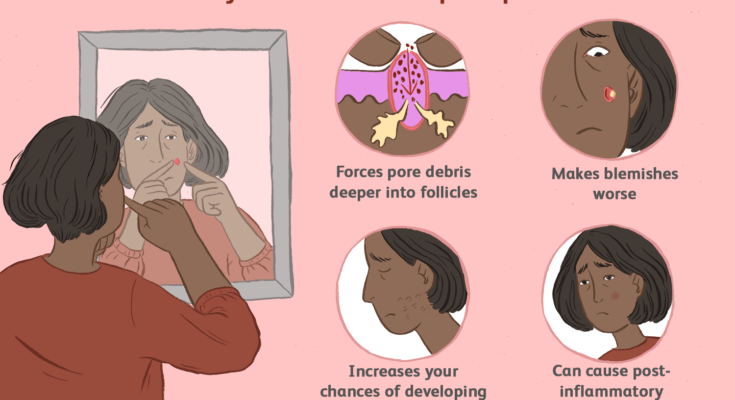
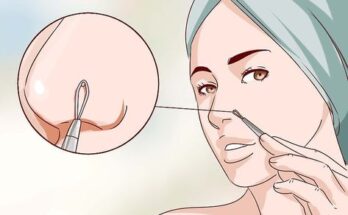
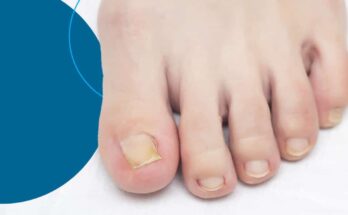
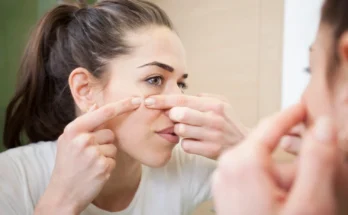
Thank you for writing this post. I like the subject too.
One more thing is that when looking for a good on the web electronics retail outlet, look for online stores that are consistently updated, always keeping up-to-date with the hottest products, the perfect deals, in addition to helpful information on goods and services. This will make certain you are handling a shop which stays ahead of the competition and give you what you need to make educated, well-informed electronics purchases. Thanks for the crucial tips I have learned from the blog.